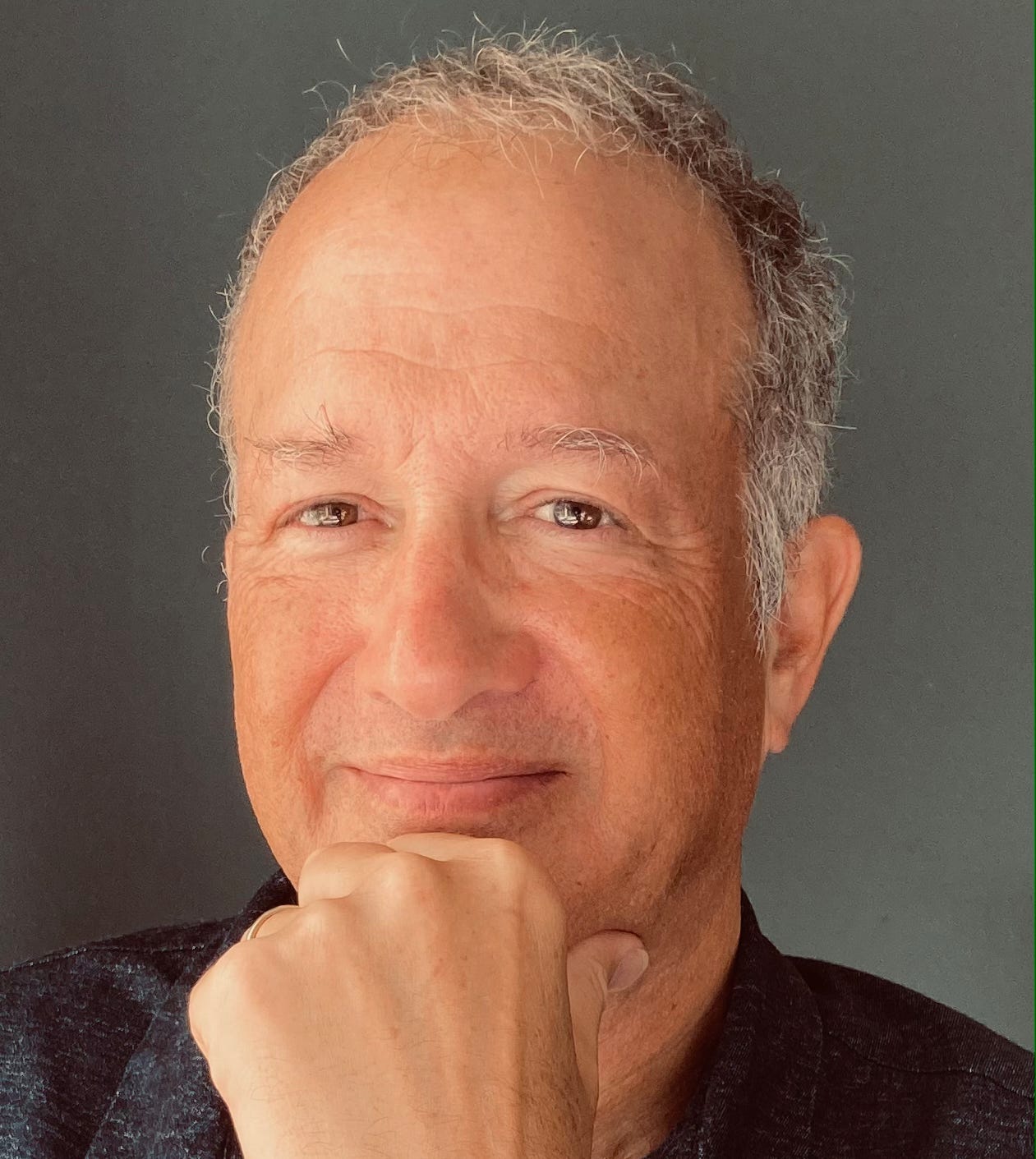CR 059: Jon Agee on Tackling Big Themes for Little Readers
The award-winning writer-illustrator discusses his career and his latest picture book, “George & Lenny Are Always Together.”
Since 1981, Jon Agee has written and illustrated dozens of picture books, using deadpan humor and cartoonish imagery to break down complex issues for young readers. (Though adults can benefit from his work, as well. His 2018 release, The Wall in the Middle of the Book, should be required reading for members of Congress.)
His latest book is George & Lenny Are Always Together, which tells the story of a bear and a rabbit who have a deep bond, but are faced with a challenge when Lenny decides he wants to spend some time alone. It is a sweet, clever story that teaches children about friendship, independence, and healthy boundaries. And though the book was only released a few months ago, Agee is already nearly done with the next book in the series.
“I’m almost finished with the sequel to George & Lenny,” Agee says. “It’s funnier than the first one. It’s called George & Lenny Are Looking at Clouds. It echoes the first book, in that George has a very big imagination a…
Keep reading with a 7-day free trial
Subscribe to Creative Reverberations to keep reading this post and get 7 days of free access to the full post archives.



